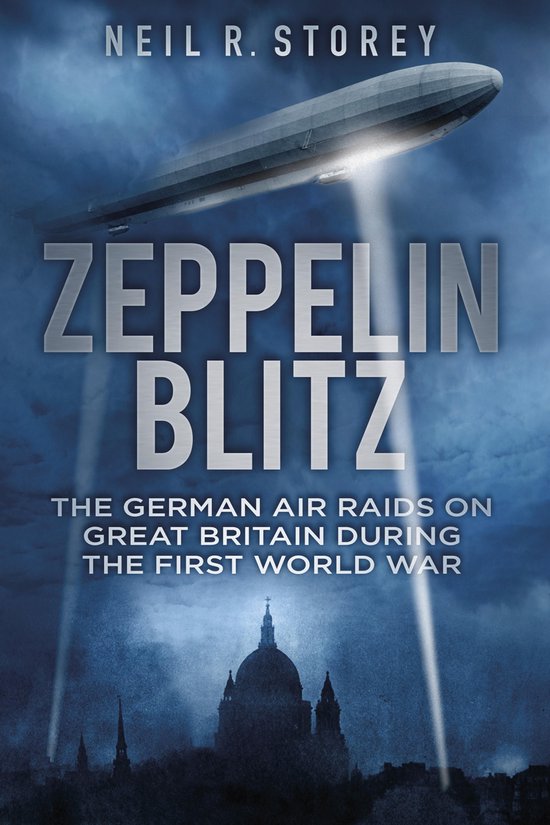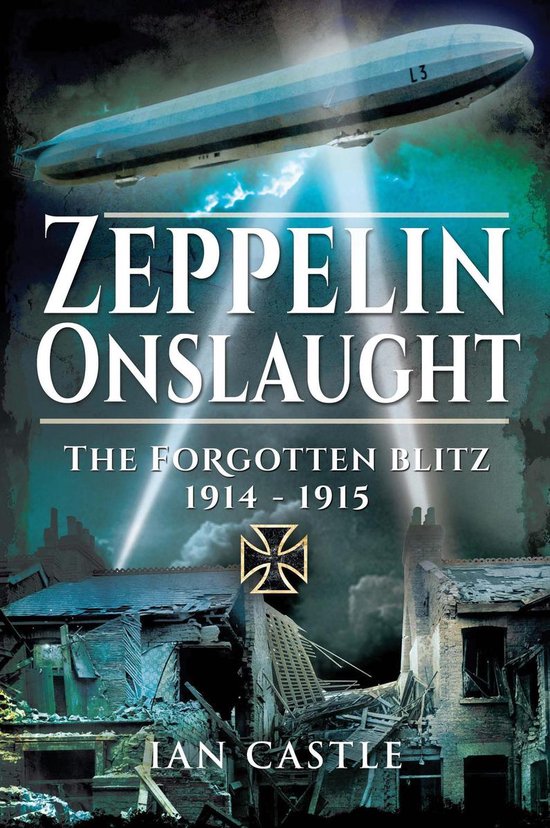
Zeppelin Blitz
In 1907, H.G. Wells published a science fiction novel called The War in the Air. It proved to be portentous. In the early years of the First World War, German lighter-than-air flying machines, Zeppelins, undertook a series of attacks on the British mainland. German military strategy was to subdue Britain, both by the damage these raids caused and by the terrifying nature of the craft that carried them out. This strategy proved successful. The early raids caused significant damage, many civilian casualties and provoked terror and anger in equal measure. But the British rapidly learnt how to deal with these futuristic monsters. A variety of defence mechanisms were developed: searchlights, guns and fighter aircraft were deployed, the British learnt to pick up the airships' radio messages and a central communications headquarters was set up. Within months aerial strategy and its impact on the lives of civilians and the course of conflict became part of human warfare. As the Chief of the Imperial German Naval Airship Division, Peter Strasser, crisply put it: 'There is no such thing as a non-combatant any more. Modern war is total war.' Zeppelin Blitz is the first full, raid-by-raid, year-by-year account of the Zeppelin air raids on Britain during the First World War, based on contemporary official reports and documents.
| Auteur | | Neil R Storey |
| Taal | | Engels |
| Type | | E-book |
| Categorie | | Mens & Maatschappij |





